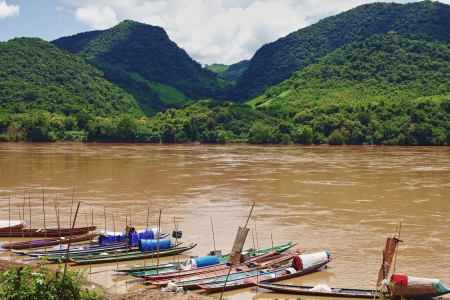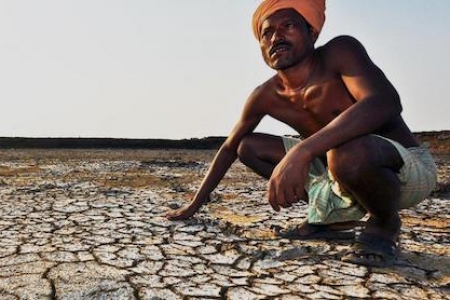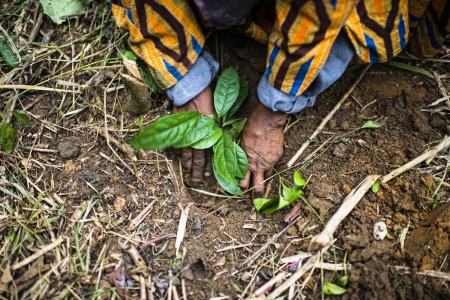This post is written in response to: Sustainable intensification of agriculture: oxymoron or real deal?
Sustainable intensification can address a range of global challenges. But we must approach it as a social and political challenge rather than a purely technical one.
Eco-modernist optimists would indeed suggest that we now demonstrably live in a world in which the basic needs of the global population can be met, with just a few tweaks to global social and political structures.
But too much of the current discussion of the sustainable intensification concept has a narrow focus on technical sustainability – what levels of productivity can be achieved, with what environmental impact and at what cost. As has happened with the concept of sustainability more broadly, people and socio-political aspects have very quickly fallen out of discussions.
Yet I suggest that, if we are to consider the potential contribution of sustainable intensification globally, the real challenges will be social and political rather than technical. Any process of agricultural transformation that does not accommodate those who currently depend on farming will not be politically sustainable at the local level.
At a larger scale, any process of intensification whose output cannot be afforded by potential consumers will not be politically or economically feasible.
South Africa presents an acute example of this dilemma. The particularly distorted nature of the country’s development has bequeathed a substantial, capital-intensive, technologically-modern agricultural sector which accounts for the bulk of production but has resulted in rapidly declining employment opportunities.
Read Chapter 6 of South Africa's National Development Plan - An integrated and inclusive rural economy
Technical interventions are not enough
A political priority in South Africa is to transform agriculture to achieve greater participation of the majority community, which was excluded from ownership and generally only provided basic labour. Land reform is one of the instruments available to achieve this; water allocation reform is another. But to achieve the goals of sustaining productivity while increasing the participation of the excluded majority, interventions in land and water are not enough. A new package of measures is required that goes beyond providing access to natural resources and includes financial and technical support to establish farming enterprises along with ensuring equitable and reliable market access.
In this context, sustainable intensification (which would be politically easier since it would demand less land and water) offers an attractive framing. In particular, since South Africa is not making the traditional transition from subsistence to commercial agriculture, sustainable intensification has the potential to provide the kind of incomes that peoples in a middle income country aspire to.
The way forward
The challenges though are first to mobilise the investment that Ruth Meinzen-Dick correctly identifies as crucial; and, second, to enable the market relationships that would allow production to be sold. A key question is whether new producers can find their role and space in local, regional and global value chains.
Countries like South Korea have demonstrated how this could be done; they were forced into a process of sustainable intensification by their constrained natural resources. They were also prepared (and allowed) to take aggressive social policy positions, with caps on land holding size and extensive agricultural protection to ensure markets for local produce. In this, the Korean example highlights the general point: the debate about sustainable intensification needs to focus on the socioeconomic specifics if it is to be relevant to developing countries and not just a discussion between environmentalists and farmers in the north.













Add new comment